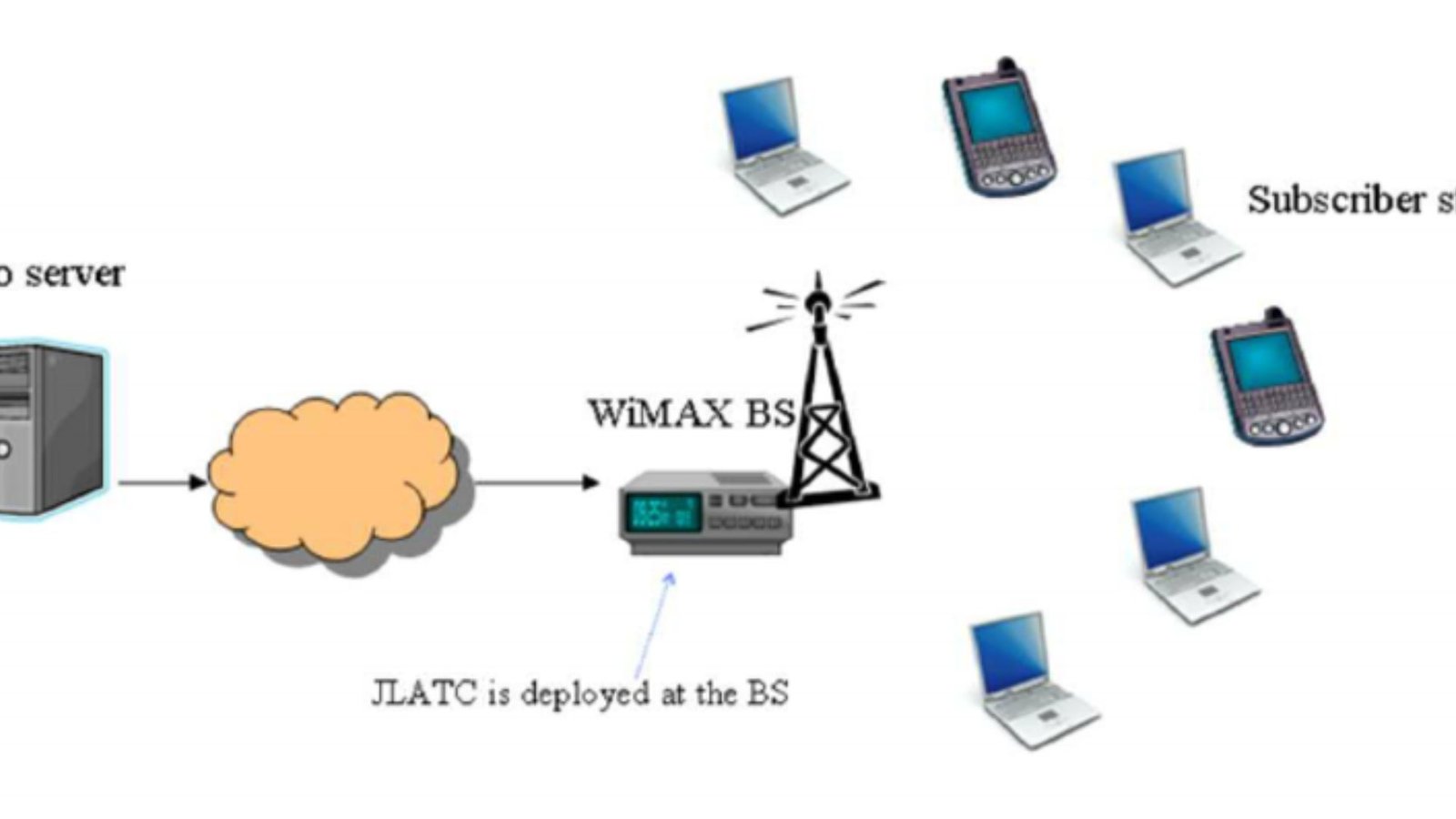How to Optimize Network Technology for Video Streaming
In today’s world, where video streaming is a staple for entertainment and work, optimizing network technology for video streaming is crucial for a smooth viewing experience. Whether you’re streaming your favourite shows, conducting virtual meetings, or delivering live broadcasts, having an optimized network ensures high-quality video with minimal interruptions. Here’s how you can enhance network technology for video streaming effectively.
1. Understand Your Bandwidth Needs
To optimize network technology for video streaming, start by understanding your bandwidth needs. High-definition (HD) and 4K streams require more bandwidth than standard-definition (SD) streams. For smooth streaming, ensure your internet connection offers sufficient speed. A general rule is to have at least 5 Mbps for HD and 25 Mbps for 4K streaming.

2. Upgrade Your Internet Plan
If you find your current internet plan lacking, consider upgrading. Higher-tier plans offer faster speeds and more reliable connections, essential for uninterrupted video streaming. Check with your internet service provider (ISP) to find a plan that meets your needs for network technology for video streaming.
3. Use Wired Connections
For the best performance, use wired connections instead of relying on Wi-Fi. Ethernet cables provide a stable and fast connection, reducing lag and buffering during video streams. Connecting your streaming device directly to your router with an Ethernet cable can significantly improve your viewing experience.
4. Optimize Your Wi-Fi Network
If using a wired connection isn’t feasible, optimize your Wi-Fi network. Place your router in a central location, away from obstructions and interference. Use the 5 GHz band if available, as it offers faster speeds and less congestion compared to the 2.4 GHz band.
5. Upgrade Your Router
An outdated router can bottleneck your network technology for video streaming. Invest in a modern router that supports the latest Wi-Fi standards, such as Wi-Fi 6. Newer routers handle multiple devices better and provide faster speeds, enhancing your streaming quality.
6. Manage Network Traffic
Network congestion can affect video streaming. To optimize network technology, manage network traffic by prioritizing streaming devices. Many modern routers have Quality of Service (QoS) settings that allow you to prioritize bandwidth for streaming applications.
7. Minimize Background Applications
Background applications can consume bandwidth and slow down your streaming. Close any unnecessary apps or devices that might be using the internet while you’re streaming. This will free up bandwidth and ensure a smoother streaming experience.
8. Regularly Update Firmware
Router firmware updates often include performance improvements and bug fixes. Regularly check for and install firmware updates for your router to ensure optimal performance and security for your network technology for video streaming.
9. Use Streaming-Friendly Settings
Configure your streaming device and applications to use settings that are optimized for your network. Lower the video quality if your connection isn’t strong enough or switch to a lower resolution to prevent buffering.
10. Monitor Your Network Performance
Keep an eye on your network performance using tools or apps that can analyze your connection speed and quality. This will help you identify any issues that might be affecting your streaming experience and allow you to take corrective actions.
11. Invest in a Network Extender
If your home has Wi-Fi dead zones, consider using a network extender or mesh system. These devices can boost the signal and extend coverage, ensuring that every corner of your home gets a strong and reliable connection for video streaming.
12. Optimize Device Settings
Ensure your streaming device’s settings are optimized for performance. Update the device’s software, adjust video quality settings, and ensure it’s configured correctly for your network to get the best streaming experience.
13. Avoid Peak Hours
Streaming during peak hours when many people are online can affect performance. If possible, try streaming during off-peak times when network traffic is lower, which can lead to a more stable and smoother streaming experience.
14. Check for Interference
Electronic devices and other appliances can cause Wi-Fi interference. Minimize interference by keeping your router away from other electronic devices and appliances. This helps maintain a strong and consistent signal for your video streaming.
15. Secure Your Network
Ensure your network is secure to prevent unauthorized access that could impact performance. Use strong passwords and enable encryption on your router to protect your network from potential threats and maintain optimal streaming quality.
Conclusion
Optimizing network technology for video streaming is essential for a smooth and enjoyable experience. By understanding your bandwidth needs, upgrading your equipment, and managing your network effectively, you can significantly improve your streaming performance. Whether you’re using a wired connection, optimizing your Wi-Fi, or managing network traffic, these tips will help you get the most out of your streaming experience.



